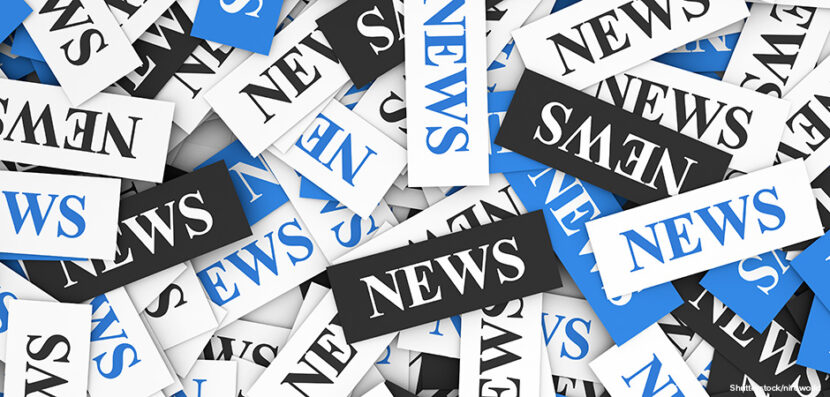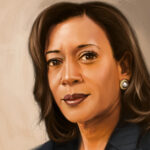- Current Events New Alabama Congressional District Selects Candidates
- Current Events Nebraska Rejects Winner-Take-All Proposal
- Citizenship Voting Under Age 18
- Citizenship Citizenship in Action
- Democratic Party Biden’s and Trump’s Recent Primary Results
- Elections Trump and Biden Win South Carolina and Michigan Primaries
2020 Democratic National Convention
This year’s Democratic National Convention took place between August 17 through August 20. Because of concerns surrounding the coronavirus pandemic, the event happened almost entirely virtually. Here is a summary of the highlights of this event that takes the nation one step closer to Election Day.
Day 1: Coming Together
Political parties use national conventions as a way to reunite the party under one candidate. It also is the chance for party leaders to define the platform for the coming election. A party platform is a statement of the political issues and how a political party proposes to address those issues. Despite the digital nature of this year’s Democratic convention, the mission was the same. The 2020 Democratic Party primary featured the largest and most diverse number of candidates ever. Achieving party unity was an especially important goal for Democrats at this year’s convention.
Speakers on the convention’s first day discussed several common themes: the coronavirus pandemic, systemic racism and police violence, and the highest priority: defeating Donald Trump in November.
Political figures from both political parties spoke in support of candidate Joe Biden: most notably, Senator Bernie Sanders (a progressive and Biden’s former opponent in the primary) and former Ohio Governor John Kasich, an influential Republican. Former First Lady Michelle Obama received the most attention of the night. She gave an impassioned speech against Trump, calling on Americans to vote in November as if their lives depend on it.
Day 2: Nominating a Candidate
Besides unifying the party and rallying a volunteer base, the other main goal of a political convention is to officially nominate the presidential candidate. This happened on the second night of the 2020 convention, which used a remote roll call across all fifty states to officially nominate Joe Biden.
Other highlights of the evening included a keynote speech led by Stacey Abrams, the former candidate for Georgia governor and voting rights activist. Night two also featured more than a dozen of the Democratic Party’s younger politicians. Former second lady Jill Biden also gave a speech, talking about her husband’s potential to unify the divided country. Former presidents Jimmy Carter and Bill Clinton rounded out the evening’s list of the evening’s speakers.
Day 3: An Historic Night
On the third night of the convention, California Senator Kamala Harris was officially nominated as Joe Biden’s running mate. This was an historic event: if Joe Biden wins, Harris would become the first woman–and the first woman of color–to serve as vice president. In her acceptance speech, Harris said that she believed Donald Trump has failed the country: the response to the COVID-19 pandemic, the economic disruption of the pandemic, and the problem of judicial inequality. Harris called on Americans to step up and participate in their democracy during this challenging time.
Other remarks were given by former Democratic presidential nominee Hillary Clinton; House Speaker Nancy Pelosi; Senator Elizabeth Warren (another former primary opponent of Biden); and former President Barack Obama. In his speech, Obama criticized Trump for not taking the job of president seriously, and said that the future of the democracy depends on Americans voting in the November election.
Day 4: Onward
The convention wound down on Thursday night, with official nominee Joe Biden delivering his acceptance speech. Biden talked about his personal family struggles and how facing those challenges will make him a better president. Biden criticized Trump’s lack of leadership and pledged to bring the country together.



